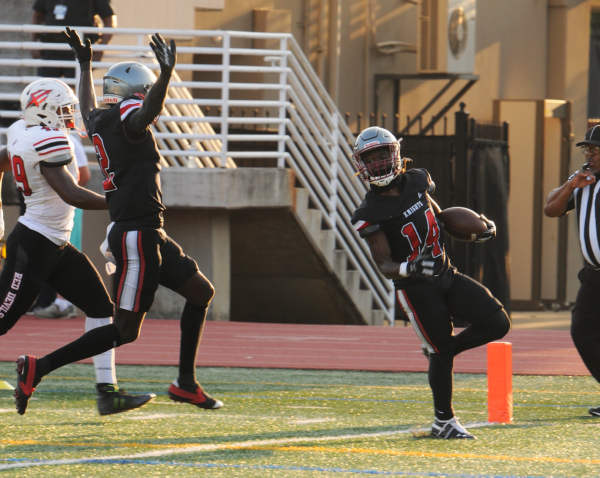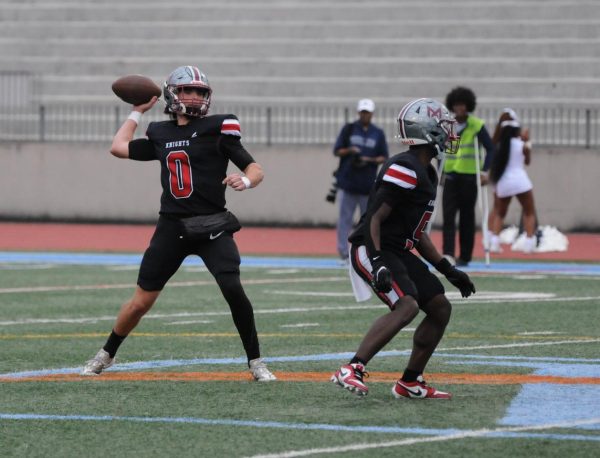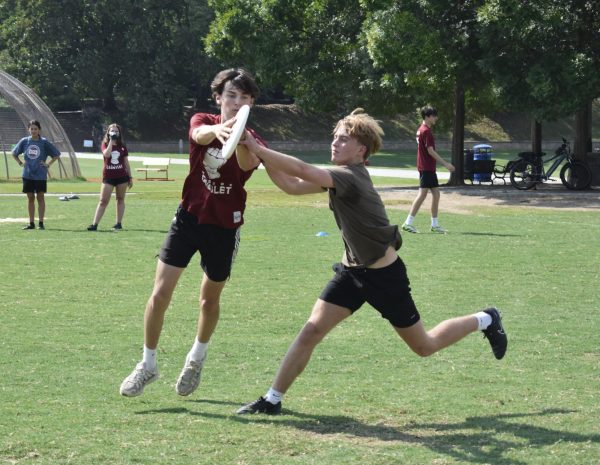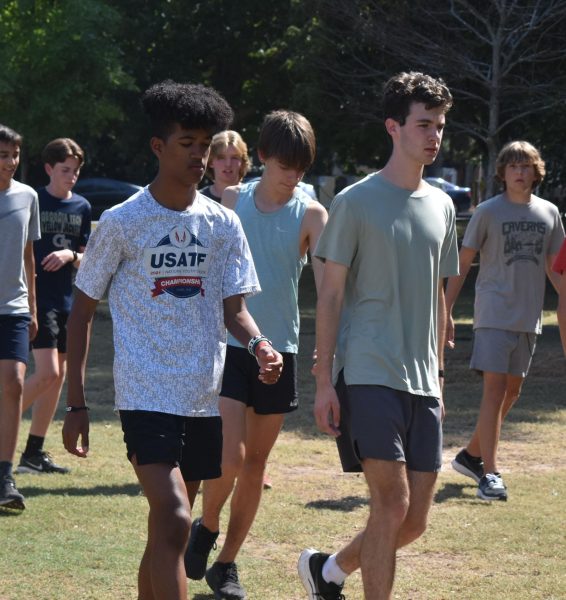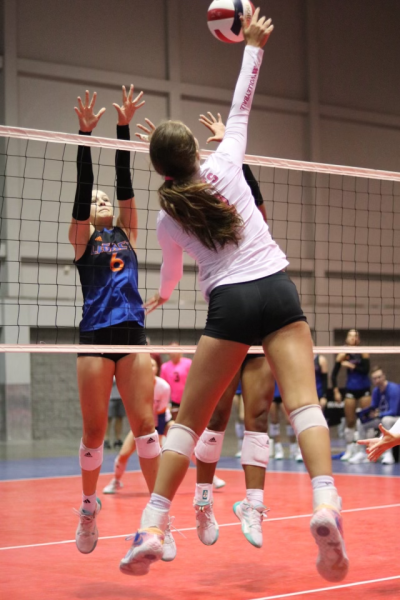As cost of playing sports rises, participation drops
Parents across the country are feeling the rising price of sports as seen in a recent drop in participation.
For many, the constant shouting from the sidelines, the sleepy carpools, the postgame meals, were an essential part of childhoods across the country. For some, they continued down that path, sticking with their respective sport through middle school, high school, and even post graduation. Sports, and the competition they bring, are sources of enjoyment and, in many cases in America, a way out for kids from bad neighborhoods or those who otherwise would not be able to attend college. In ways, sports are an equalizer, but a recent study from the Aspen Institute shows how far this is from the truth.
The study looked at research from the Sports & Fitness Industry Association and found that in 2018, only 38% of kids aged 6-12 played a team sport regularly. This is down from 45% in 2008. This drop in participation was due to cost, inconvenience and kids simply not having fun. With rising prices, many families are not able to pay the average of $692 per year across all sports.
Given the growing stress for many students to get athletic scholarships, it seems that when an athlete turns out not to be exceptional, they believe it’s no longer worth it. While winning is great, it’s not the only thing in sports.The idea of participating in a sport simply for enjoyment has become less prevalent as sports have become more and more expensive. With registration costing parents upwards of $1800 for local soccer leagues, parents might as well find other ways for their kids to have fun. The sad truth is that, from an economic standpoint, sports are not worth it for many parents who prefer to prioritize essentials as they raise their children.
Sports to many are a time filler, an activity forced upon you by your parents to get you active. But to me, sports have and always will hold a central place in my life. It took me gymnastics lessons, soccer games, batting practice, and endless games of knockout for me and my parents to figure out I was not an athlete. I was always the last pick and it seemed I had no enjoyable way to get my exercise. I would go home after school most days bored until my parents found a running club for kids in Piedmont Park. That single introduction after our first meeting had me hooked and now, in my senior year, I’m looking forward to the possibility of running past the high school level.
I can’t guarantee sports will change your life, but the lessons learned from sports and the social connections for children are priceless. By no means am I saying break the bank to pay the registration fees for your child’s respective league, but in an age of rising obesity and seemingly lack of care for going outside, finding a method of exercise is going to start becoming increasingly important.
While there is a legitimacy in the business of youth athletics, the divide it has caused between the income status of families is too far. It does not make sense that children are not able to have the chance to fall in love with a sport because they cannot afford it. No child should feel they had wasted potential because they could not pay for the equipment, or afford their registration costs. The field that we play on should always be level, because without a fair game, there’s no victory in the sports themselves.

Bram Mansbach is a senior and the sports section editor for the Southerner. When he is not working on pages he is across the street in Piedmont Park as...

Brynn Smith is a junior and a writer for The Southerner. She is also a spirit captain on the Grady varsity ultimate frisbee team and loves being outdoors....



